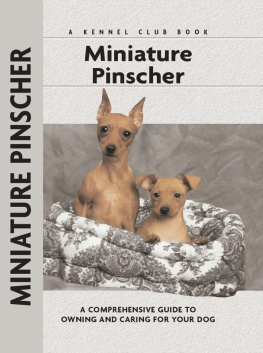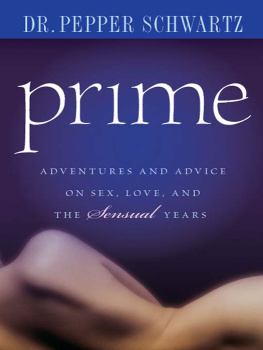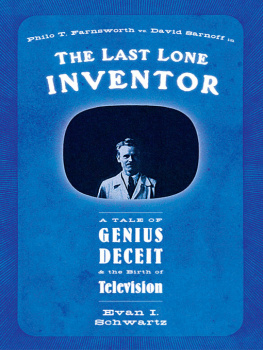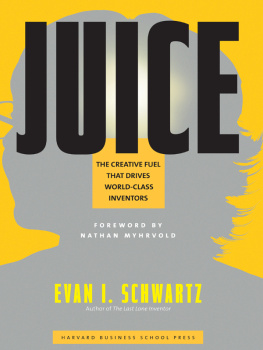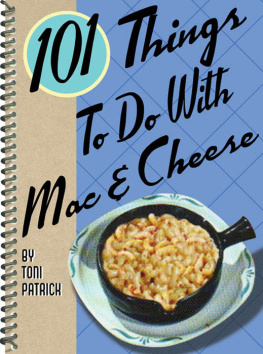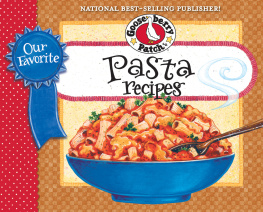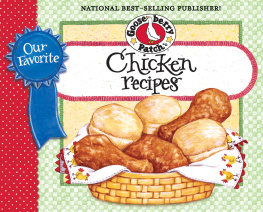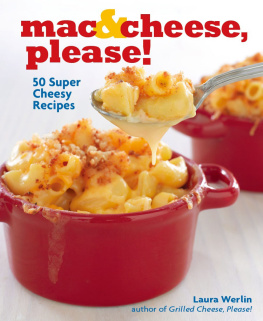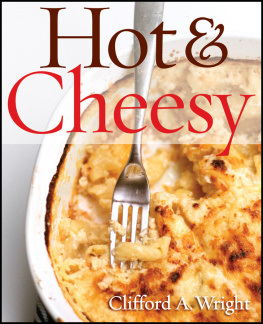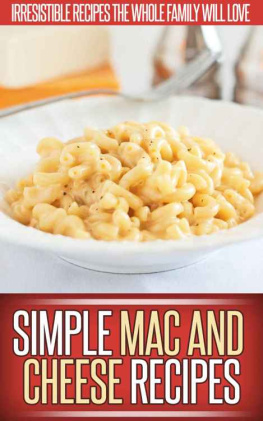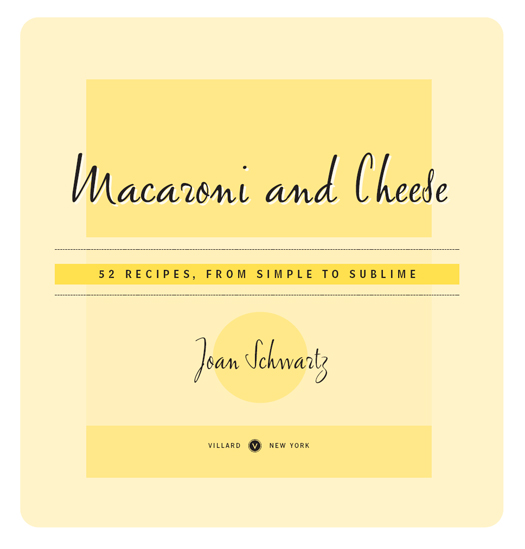Copyright 2001 by Joan Schwartz
All rights reserved under International and Pan-American Copyright Conventions.
Published in the United States by Villard Books, a division of Random House, Inc.,
New York.
V ILLARD B OOKS is a registered trademark of Random House, Inc. Colophon is a trademark of Random House, Inc.
Simon & Schuster, Inc.: Adaptation of Today's Mac and Cheese from
Salsas That Cook, by Rick Bayless. Copyright 1998 by Richard Lane Bayless.
Adapted with the permission of Scribner, a division of Simon & Schuster, Inc.
Workman Publishing Company, Inc.: Dad Page's Macaroni and Cheese excerpted from
Taste of Home, by Barbara Shinn
and David Page. Copyright 2001 by Barbara Shinn and David Page. All rights reserved. Used by permission of Artisan, a division of
Workman Publishing Company, Inc., New York.
LIBRARY OF CONGRESS CATALOGING-IN-PUBLICATION DATA
Schwartz, Joan.
Macaroni and cheese: 52 recipes, from simple to sublime / Joan Schwartz.
p. cm.
eISBN: 978-0-307-55766-7
1. Cookery (Pasta) I. Title.
TX809.M17 S27 2001
641.822dc21 2001023536
Villard Books website: www.villard.com
v3.0_r2
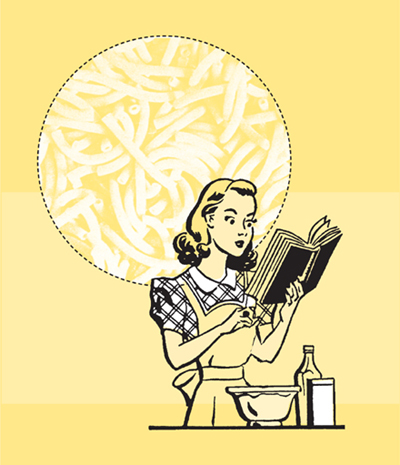
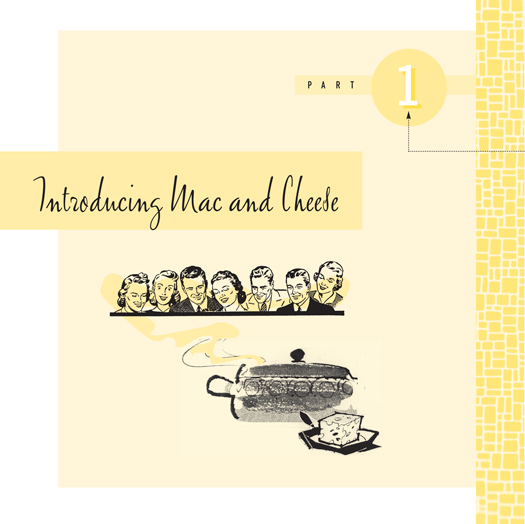

M acaroni and cheese is my kind of dish! For something so simple at heart, it is amazingly receptive to flights of fancy. It's fun to eat and it makes people happyalways. A good Mac is defined by top-quality ingredients far more than by the cook's experience or patience, and serving it will enhance your reputation as a savvy chef, caring spouse or parent, and intuitive host.
You may notice the use of superlatives throughout Macaroni and Cheese. The variations I have collected are sensational, awesome, seductive, wild, and, of course, supremely comforting. With Mac and Cheese, there are many world's-best recipes.
And there are very few losers in the genre. I was disappointed by a take-out portion from a food market (albeit a pricey food market) and didn't include the recipe here, but I ate every bit. It was not as good as some and that sent it to the bottom of my list; however, bad does not apply.
A savory, creamy, aromatic Mac is welcome as an entre or side dish at brunch, lunch, or dinner; and sweet, puddinglike versions make great desserts. For the center of your buffet table, you couldn't do better than a gorgeous pastitsio, a multicolored terrine, or a sparkling pasta and cheese salad. Leftovers, if there are any, will rapidly disappear from the kitchen.
In assembling these recipes, I was struck over and over by the way gifted chefs approached the classic dish, respecting and changing it at the same time. All these classics and transformations start with pasta and cheese, but the results are original to each and every one.
EVERYTHING OLD IS NEW AGAIN
We all grew up on macaroni and cheese and it seems that our ancestors may have done so, too, since pasta in some form was known to the ancient Greeks, Romans, and Etruscans. It was cooked in Sicily as early as the twelfth century, and Renaissance Italians enjoyed recipes that called for combining maccheroni with pecorino or caciocavallo cheese. Historian Stefano Milioni writes that eighteenth-century Neapolitans could stroll to the local inn and feast on a dish of macaroni with cheese for a tab of about two cents.
Pasta finally arrived in England in the eighteenth century, and from there, it soon made its way to our shores, where the early colonists prepared boiled noodles with a sort of cream and cheese sauce. Thomas Jefferson lent his considerable influence to the cause when he brought a pasta machine home from Italy in 1787 and began serving his guests at Monticello Macaroni Pie, an early version of our very own beloved dish.
In our time, macaroni and cheese has proved itself an enduring favorite, and when we crave comfort foods, we welcome it as the most comforting of the lot. Moreover, the basic combination of cheese and pasta presents a blank slate for the imaginative cookit offers both nostalgia and inspiration.
THE BASICS
When you cook up this perfect union of contrasting flavors and textures, keep in mind two rules for success:
Start with the best ingredients. Cheese determines the flavor of the dish, and pasta gives it a satisfying chewiness. Mediocre cheese and flabby pasta are not worth your time.
Keep the ingredients in proportion so that each stands out. Too much cheese will overwhelm, while too much pasta will give you a heavy, dense concoction. If crumb topping is part of the recipe, sprinkle on just enough to add a touch of crispness to each mouthful; it will beautifully accent the contrasts.
PASTA
Look for pasta made from durum semolina, a coarse-milled hard wheat that is high in gluten; it will be sturdy enough to hold up to the cooking that Mac and Cheese requires. The best pasta has been slowly dried and has a slightly rough surface to help absorb the sauce. It should taste good on its own, with a noticeable flavor of the fine wheat that it is made from. But poor-quality pastas, or those made from soft wheat, will be bland in flavor and mushy in texture, and they will reveal their inferiority as soon as they hit the boiling water and turn it cloudy. Chef Alan Tardi (Rigatoni al Forno) recommends artisanal pastas, preferably the Martelli, Rustichella, and Lattini brands, available at specialty shops or through the Internet (see Sources), with commercial Italian pastas such as De Cecco and Del Verde acceptable as second choices.
Americans overwhelmingly choose elbow macaroni for their Mac and Cheese, but any other short, tubular dried pasta can be used, as well as imaginative variations such as butterflies, seashells, and little ears. Chef Jody Adams's Baked Stuffed Pasta Spirals is based upon sheets of fresh pasta, and my traditional Sweet Noodle and Cheese Kugel is made with egg noodles. Each shape and kind will absorb and contrast with the cheese in its own way, lending subtle variations of texture and chewiness.
AL DENTE
These magic words describe pasta that is cooked until tender but still slightly firm to the tooth. Chefs differ in their suggested cooking times, and package directions for each brand may vary a bit more. A good rule of thumb is to test for doneness after the shortest cooking time given: if instructions (from the chef or manufacturer) call for 8 to 10 minutes, pop a noodle in your mouth after 8 minutesit should be al dente, or close to that state. Chefs Loren Falsone and Eric Moshier (Baked Cellentani with Four Cheeses, Prosciutto, Artichoke Hearts, and Portobellos) suggest that you stop cooking the pasta 1 minute earlier than the package directions require; and Mitchell Davis (Tomatoey Mac and Cheese) opts for 2 or 3 minutes less than the package directions. Ultimately, your own taste rules, and if you prefer pasta on the soft side, by all means go for a longer initial boil. Just remember that there may be more oven or stove-top time to come.


